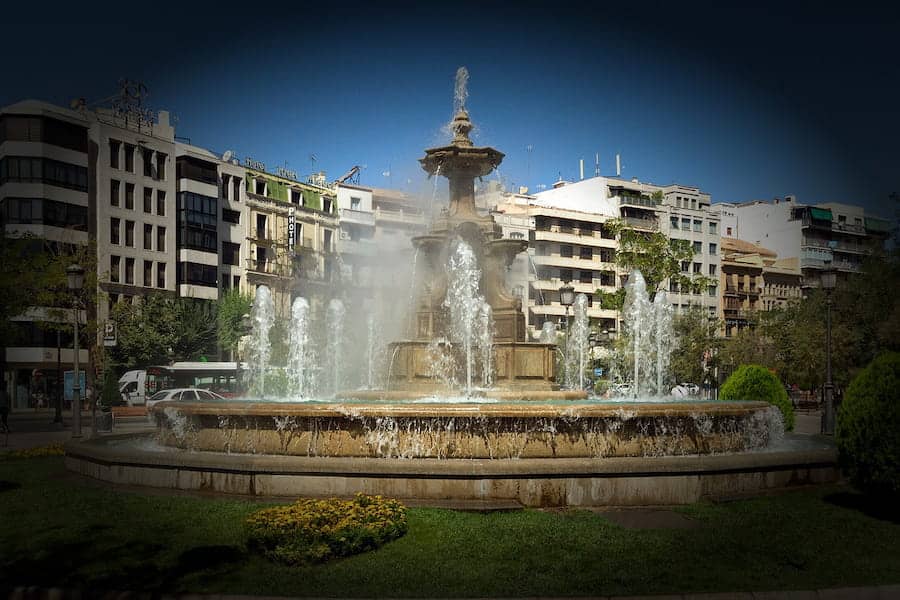
As an Amazon Associate we earn from qualifying purchases.
It’s not uncommon to find the edges of your real estate interior photos darker than the center when using the widest apertures to capture in low-light or apply selective focus techniques. Understanding what is a vignette in
A vignette in

Since vignetting results from different causes, it can be abrupt or gradual. The intensity of the effect also varies from photo to photo, especially when it results from the lens optical design, as you will have minimal control over it. Depending on the camera gear, you can have one of the following vignetting causes of vignetting:
Mechanical vignetting is the vignetting effect resulting from lens accessories such as filters. Although a lens hood is an accessory, many hoods are well designed to prevent flare and ghosting by blocking stray lights from entering the lens at extreme angles while allowing the needed light to enter.
However, even if third-party lens hoods might block the needed light and cause vignetting, the main cause of mechanical vignetting is the use of circular polarizing filters. The best way to reduce mechanical vignetting is to avoid accessories or use thinner filter holders, thin adapters and rings, and manufacturer-supplied lens hoods.
The main reason almost all images will have some vignetting effect is the pixel vignetting that results from the design of the camera sensor. Usually, the digital camera sensor is a flat electronic device with small box-shaped photoreceptors on the surface, known as pixels.
Keeping in mind that these boxes are on a flat surface, the photoreceptors around the center area receive light directly, at around 90 degrees, while the photoreceptors further from the center receive light at an angle. As a result, the pixels at the center collect more light than the ones at the edges of the sensor.
The resulting photo becomes brighter around the center area than the edges. However, unlike vignetting resulting from the lens's design, you can't reduce or increase the pixel vignetting as all standard camera sensors share this design.
As the name suggests, lens vignetting is a natural vignetting effect resulting from the lens optical construction quality and specifications. Although this effect occurs in all lenses, it’s more noticeable in prime lenses with longer barrels and wide apertures.
Typically, peripheral light rays from the lens’s edges to the center get blocked by the large barrel, creating a shadowing effect. Keeping in mind that this light is physically blocked by the lens barrel, a narrower aperture means the aperture is visible from the lens’s edges, reducing the effect.
That means the effect will be minimal when shooting landscapes and real estate exterior photos at narrower apertures and more noticeable when shooting interior photos in low-light conditions using the maximum wide apertures or capturing closeups with longer-barrel lenses.

As the name suggests, artificial vignetting is when you deliberately add the vignetting effect using a photo-editing application such as Lightroom or Photoshop. Some of the reasons you might want to artificially darken the edges of the photo include:
You can remove optical vignetting during post-processing using image manipulation applications like Photoshop and Lightroom. In Photoshop, use the Vignetting Tool under the Filter menu, and in Lightroom, use the Lens Correction feature under the Develop Module.
You can use the camera settings to reduce vignetting if the camera comes with lens-specific data in the firmware to help you reduce vignetting depending on the mounted lens. However, this feature only works when shooting in JPEG format, as the manufacturer-specific data will be lost when editing RAW files during post-processing.
You can avoid vignetting when using selective focus techniques by using a lens with a wide maximum aperture of around f/1.8 and a focal length of around 50mm and then shooting using 2 to 3 f-stops from the maximum wide aperture.
With the above understanding of vignetting, you will know why the edges of your real estate photos appear darker and the best aperture settings and lens accessories to avoid the effect. You will also know how to emphasize the main subject by creating a similar effect using photo-editing software.
